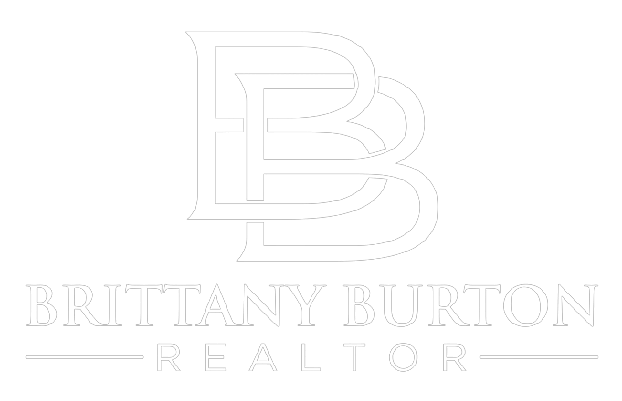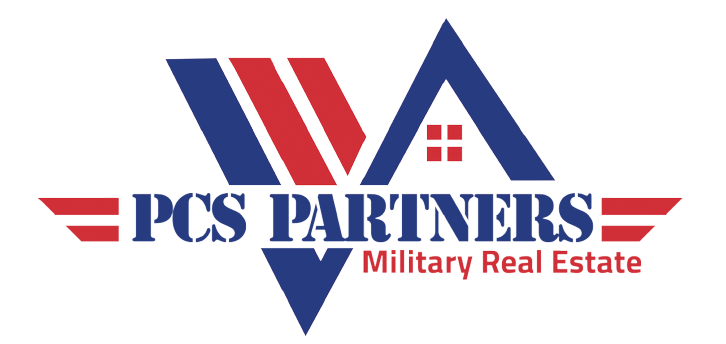Are you tired of getting outbid for investment real estate in this hot market? Or worse, are you overpaying for real estate to capitalize and get into the game?
If you are on the former path, you might be compromising on disappointing returns and missing out on the wonderful tax benefits and appreciation of real estate. And you might be subjecting yourself to disappointing yields in the stock market or bonds. Or enjoying a lumpy mattress full of money.
If you’re on the other side, you might be on the tracks of an oncoming freight train. This can work. I hope it does. But hope isn’t a sustainable business strategy for most of us, at least in my experience.
I am writing today to propose a better way. A powerful way to…
- Gives you access to deals that others miss out on.
- Protects you from downside risk.
- Provide income and growth that others only dream of.
- Paves your way to success in any market or economy.
Note I didn’t say it was easy. Nothing good ever comes easy. At least that’s what the old-timers say.
Also, note that I did not say that this would work in every asset class. I believe the principles apply to every asset class, but certain types of real estate lend themselves well to this type of thinking and action. Others, not so much.
start analyzing today
A good investment starts with a solid plan built on solid math. Quickly and efficiently analyze potential real estate investments using BiggerPockets’ investment calculator. We’re here to help you maximize your profits while minimizing your risks—whatever your strategy.
intrinsic vs extrinsic value
Warren Buffett told us that price is what we pay, but value is what we get. In what I am about to present, it is important to recognize the difference.
The price of an asset reflects its extrinsic value. Intrinsic value is often overlooked and is usually the unknown value locked within a property. It takes a keen eye to spot the hidden potential in an asset and a deft hand to extract the value out of it.
Thousands of real estate assets are performing “well”. They are working exactly as designed, and their owners are quite satisfied with them. And these owners are happy that the rising tide of a hot market can get them top dollar when they sell.
Now, if you are a discerning buyer tracking the intrinsic value, you might be able to see the property’s potential, which is being completely ignored by the seller, who has worked his way through decades. .
This is your chance!
You can’t change the cap rate, and you probably won’t negotiate a lower price with this owner. And you cannot get this property from the bank that repossessed it.
In this hot market, you’ll probably end up paying full price. But if you can spot the hidden value and know how to extract it, you can make money for yourself and your investors. Yes, even after paying full price.
An ancient rabbi told a story of a valuable treasure hidden in a field. A man found this treasure and buried it again. Then he went and sold everything he had, and bought that field. That is what I am talking about in this post.
Let us consider some examples.
Case Study #1: Residential Rental Property
My friend Eric Eckhoff is an extraordinary real estate broker and investor from Minneapolis. He helps investors find homes that can be acquired and rented by the bed to college students. A $400,000 home near campus can be purchased at full price. You and I may think this is too high, and the salesperson may smile all the way to the bank. Other investors passed because they could rent it for only $1,500 a month.
But Eric knows more than just home values in that neighborhood. He knows zoning regulations, walk-in times to important parts of campus, and student preferences for rentals. And he knows great property managers who rent by the bed. He helps investors buy homes, and then he sets them up for a high income stream. Say seven beds at $600 a month—that’s $4,200.
As I said, Eric understands the intrinsic value of residential Minneapolis real estate.
Case Study #2: Texas Self-Storage Facility
My firm invests in self-storage facilities with some of the country’s experts in intrinsic value extraction. One of our operating partners, Matt, is connected with five angry siblings in Texas. His parents had passed away, leaving him a self-storage facility he was not equipped to manage.
They weren’t getting along, and they were ready to sell their 600-unit property as soon as possible. Matt was on a plane within days. Matt could see the property’s potential, and made a cash offer of $2.4 million. They closed early.
Matt’s team went to work. He created a website and implemented a marketing program. He evicted deadbeat tenants and raised rates to market levels. He hired a great manager and brought down the inflated expenses. The vacancy was reduced from 20% to 10%. And they implemented U-Haul Truck Rental.
Three months later, in June 2019, the property was appraised at $4.6 million. Matt then acquired $2 million in the loan, a 43% LTV ratio. Matt sold the property in September 2019 for $4.6 million, and ~$400,000 in equity investors took home $2.6 million. Not a bad pay day.
Case Study #3: Midwestern Mobile Home Park
The owner passed away in 2015. His wife lived three states away, and he had never been to the 300+ lot park. The manager was competent, but did not have the skills, resources or desire to increase park income and maximize value.
It was a typical mom-and-pop operation. The manufactured housing world is filled with them, accounting for 85% to 90% of the nation’s 44,000 mobile home parks.
Our operating partner acquired the park in early 2020 for approximately $7 million. The operator cut more than $60,000 in expenses and made community improvements for tenants.
The previous park owner paid the utilities, which was quite unusual for a park of this size. The operator returned the utilities to the tenants, saving over $100,000 annually.
There were 50 or so vacancies in the park, and our partner began a plan to fill these vacancies. It’s a mammoth undertaking few mom-and-pop operators will attempt. As soon as the team started down this path, they received an offer they couldn’t refuse.
The operator sold the property for more than $14 million. The asset doubled in value, but equity investors got a 240% gain, a return of 3.4x, in about 10 months.
Did the value really change? Yes and no
The extrinsic value changed dramatically. But the intrinsic value remained the same. It took our operating partner to look at this value and extract it on behalf of the investors.
Who are the winners in this strategy?
Who won in this deal? In most such deals, the same parties win.
- original seller, Compressed cap rates turned average wealth into a $7 million retirement plan for this woman.
- end buyer, They acquired a park that was still in considerable upside by filling 50 vacant lots.
- Tenant, They found a very nice park with professional management, and their rates were well below market levels.
- Environment, Studies show that water usage is reduced by over 30% when tenants pay their own utility bills.
- Bank, You may not care about the banks, but they are made up of investors, and it’s good that they made a reasonable profit.
- syndicator, He earned over a million dollars.
- passive investor, He made several million dollars within a year. And he never visited the park or even lifted a finger.
What types of properties work best for this strategy?
I believe this strategy can work well for all types of real estate. But after being involved in multiple asset classes over 20+ years, I see some issues that stand out.
First, I believe it works particularly well for commercial real estate properties. Why? Because praise can be forced. The value is based on a math formula. The value can be increased by increasing the numerator and narrowing the denominator (when possible). Often dramatically, as we’ve seen.
Commercial real estate value formula: Value = Net Operating Income / Cap Rate.
Second, I suggest you choose an asset class with a fragmented ownership base. One that has a large percentage of unsophisticated owners and operators who do not have the knowledge, resources, or desire to grow and maximize revenue.
These owners have benefited greatly from the rising tide that has lifted all boats over the past decade and never dreamed of the price they can now fetch for their run-of-the-mill property. This is the case for both the commercial properties in Case Studies #2 and #3 above.
Third, I suggest you look for off-market deals. It certainly isn’t necessary for the strategy to work, as we see in Case Study #1 above, but it certainly helps. And for the most part hunting down off-market deals is a game for the passionate, full-time real estate strategist.
So, what if you are not in real estate full time? Can you still get these benefits? Definitely. I have never run a self-storage facility nor managed a mobile home park. As a professional passive investor, I make good money passively investing in these properties through professional syndicators.
This may be the era of overheated real estate. But if you know how to find such deals or know someone who does, this is a great time to invest. As in all the time.
Read more about distressed properties
Note by BiggerPockets: These are the views expressed by the author and do not necessarily represent the views of BigPockets.





